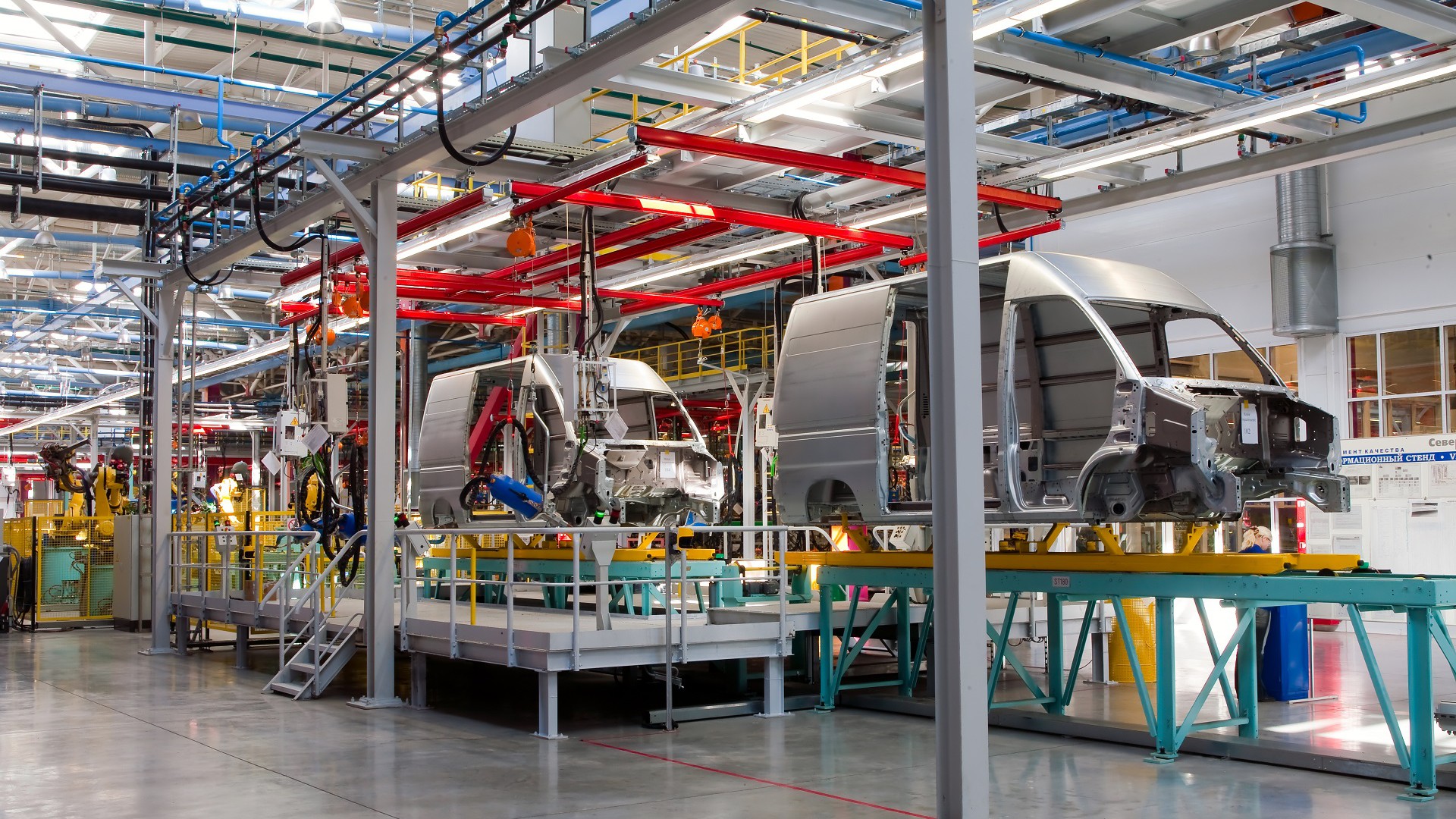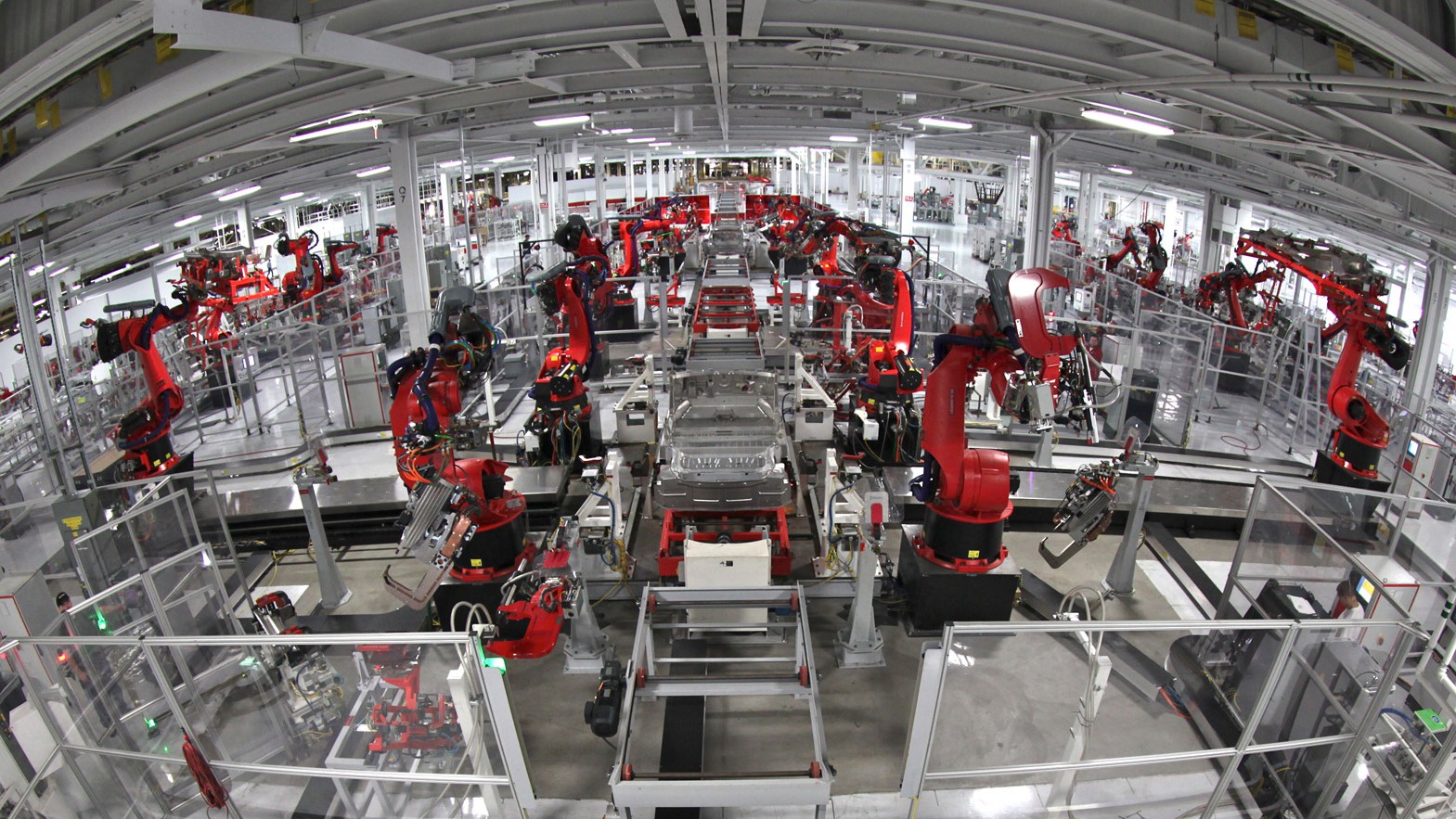Safety incidents in factories, manufacturing, and construction have been dropping since the ‘70s, which is fantastic news.
However, manufacturing and especially construction still have mortality and injury rates three times higher than the average of all industries put together. This is hardly a surprise, considering the heavy-duty equipment involved, but it can still be improved.
Specialized industrial grade PCs are leading the way forward, letting the machine take the risk while the human operator stays as safe and in-control as possible.
Properly Grounded Computers Save Lives
Article Guide
Though, as mentioned above, injuries are down overall, electrical fatalities actually had a 15% jump higher between 2015 and 2016, the date of most recent data. As the amount of electrical equipment in the workplace increases in industry commiserate with the rise in automation, safety becomes even more important.
Industrial computers and equipment are everywhere, but luckily much of the danger from electrocution can be mitigated through the use of DIN rails.
What is DIN Rail?
DIN stands for “German Institute of Standards.” This doesn’t make a lot of sense unless you speak German – the original name was “Deutsche Institute von Normen.” DIN is a standardized structural rail used to mount electrical equipment.
DIN rails are handy for installing a lot of electrical components in the same area. The rail can hold electrical breakers, terminal blocks for wiring, power supplies, and even heavier items like computers in certain configurations.
Other than ease of install and access, a DIN rail also serves to create a chassis ground for all equipment on the rail. This means that should a short occur and any equipment on the rail become energized, it will seek the nearest ground through the rail instead of, say, through a worker’s fragile human body.
There are modern industrial mini PCs that are designed to mount right to standard DIN rail. These computers are used for things like inventory, CNC machining, manufacturing processes, and even clocking in and out, and as such are in frequent contact with workers.
Should a DIN-mounted industrial computer take a jolt, though, the DIN rail is more likely to catch the brunt of it than an employee. Think of DIN rails as not only convenient hardware but as a lightning rod for keeping workers safe.
Computers Are Improving the Lockout / Tagout Safety Procedure
A large number of industrial accidents occur when it comes time to repair or service potentially dangerous equipment.
Turning off equipment isn’t enough. Saws, automated construction machines, meat grinders and cutters, industrial drills, bailers, and anything using a large amount of electricity (or compressed air, or steam) are all potentially fatal at any given time. One careless button press, switch flip, or plug-in could easily maim or kill the worker who’s repairing or cleaning the machine.
That’s why the concept of lockout / tagout was invented. In a nutshell, lockout / tagout is used to make sure that the machine being serviced is not only shut down, but has been physically prevented from being turned on by an actual lock. It also catalogs who was responsible for the lockout, and on what conditions (and by whom) it can be unlocked and safely used again.
Digital Lockout / Tagout Procedures
That’s where modern industrial grade PCs and industrial tablets come in.
With an industrial tablet and the proper software, it’s possible to create a custom QR code that lists every step of the lockout / tagout procedure for that particular machine. The QR code is then placed somewhere highly visible on the machine. The worker with the tablet can then scan the QR code of any machine and get step-by-step instructions for how to lockout that particular machine.
Software can even show the user if the machine has already been locked out, it’s normal maintenance schedule, machine audits, and whatever else you choose to include, depending on the software. It can even send an email or notification to the workers affected by the machine’s shutdown to let them know.
CNC Machining is Safer for Metal Shop Workers
Metal shops use two kinds of tools: manual, and CNC. Manual tools aren’t necessarily hammers and hacksaws – they can be powered, heavy-duty machines. Manual just means the operator does all of the work by hand.
CNC machining (“computer numerical control”) is instead automated and uses a CAD program or other set of directions to cut, shape, or detail metal per specifications. In theory, a CNC machine only needs an operator to put the metal in place, equip the right bits and tool in the machine, load the program, and step away.
While CNC machines are specialty equipment, they generally use an industrial panel PC as the brain of the device. The advantage of industrial computers is that, if they’re IP65 rated, they can withstand water sprays (from jet-cutting devices) and dust intrusion (from metal shavings and the like) coming from the metalworking process.
Precision is one of the main benefits of CNC machines, as is standardization. However, CNC machines (and the industrial grade PCs that run them) also work to protect workers from dangerous industrial accidents.
Instead of having to lean over a manual lathe or a drill, the operator can stand at the nearby computer, often behind the machine’s shield or guard. Fatigue, a cause of most industrial accidents, isn’t a problem since the CNC machine is doing the hard work.
Tracking Employee Locations in Emergencies
Some facilities are so large that tracking employee location can become a problem, especially when an accident or emergency occurs.
Back in 2005, a woman named Geetha Angara was killed at the Passaic Valley Water Commission facility in New Jersey. At first, it appeared she disappeared, and it took 25 hours to find her body. This incident inspired the use of RFID tags to track workers, especially in dangerous environments.
If all of the doors and gates in the facility — or at least the doors at major choke points — required an RFID tag to open, you could use that data to determine exactly where every employee is, and where they’ve been throughout the day.
This information could then be used by an industrial computer to map out employee locations and even send a warning or alarm if a normally-mobile employee hasn’t gone through a door in a while. If an employee goes missing, the system will know exactly where they’ve been, and the last known door or fence they used.
Protecting the Human Resource
It’s easy to think of industrial computers and power tools as implements to make work easier and faster, but they can also make work safer.
Reducing industrial injuries and accidents is everyone’s responsibility. Contact Cybernet to learn more about using industrial grade PCs and industrial grade tablets to integrate cutting-edge safety features into your workplace.
4 Ways to Maximize Your ROI Investment with Industrial Computers
November 2, 2018
The words ERP implementation might conjure nightmares for some operations managers out there. The fact is, ERP implementations are expensive and time-consuming, and in a lot of cases, they fail to produce a positive…
0 Comments8 Minutes
The Role of Industrial Computers in Industrial Automation
July 2, 2020
Industrial automation, as the name suggests, refers to using industrial computers in order to automate industrial processes. It may be understood as an umbrella term for computer automation of design, manufacturing and…
0 Comments9 Minutes
You Can't
Learn from a Pop-up
But we can deliver knowledge to your inbox!
We dive deep in the industry looking for new trends, technology, news, and updates. We're happy to share them with you.
Knowledge, News, and Industry Updates Right in Your Inbox




